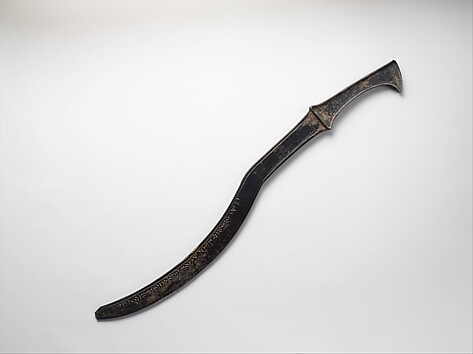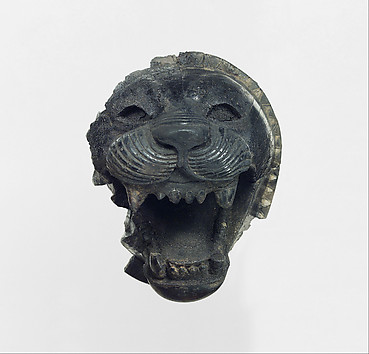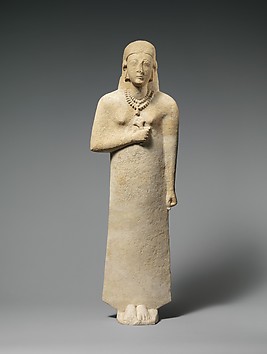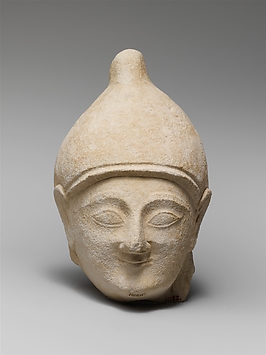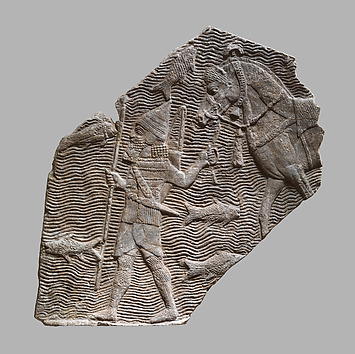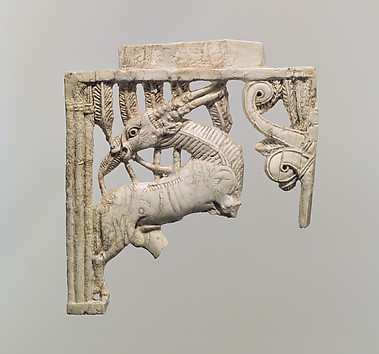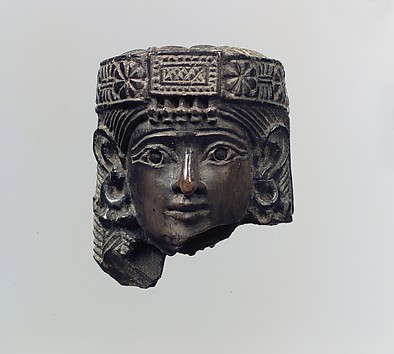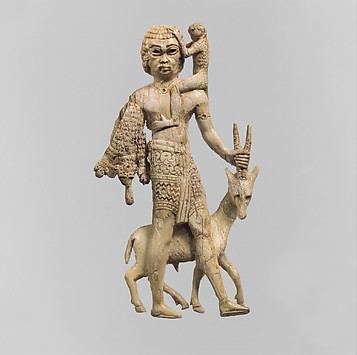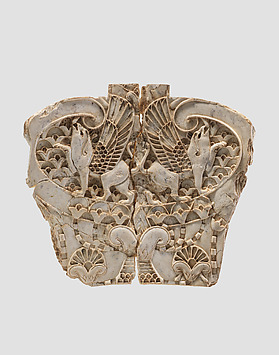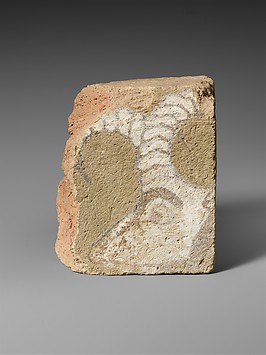Bringing together the research of internationally renowned scholars, Assyria to Iberia at the Dawn of the Classical Age contributes significantly to our understanding of the epoch-making artistic and cultural exchanges that took place across the Near East and Mediterranean in the early first millennium B.C. This was the world of Odysseus, in which seafaring Phoenician merchants charted new nautical trade routes and established prosperous trading posts and colonies on the shores of three continents; of kings Midas and Croesus, legendary for their wealth; and of the Hebrew Bible, whose stories are brought vividly to life by archaeological discoveries. Objects drawn from collections in the Middle East, Europe, North Africa, and the United States, reproduced here in sumptuous detail, reflect the cultural encounters of diverse populations interacting through trade, travel, and migration as well as war and displacement. Together, they tell a compelling story of the origins and development of Western artistic traditions that trace their roots to the ancient Near East and across the Mediterranean world. Among the masterpieces brought together in this volume are stone reliefs that adorned the majestic palaces of ancient Assyria; expertly crafted Phonecian and Syrian bronzes and worked ivories that were stored in the treasuries of Assyria and deposited in tombs and sanctuaries in regions far to the west; and lavish personal adornments and other luxury goods, some imported and others inspired by Near Eastern craftsmanship. Accompanying texts by leading scholars position each object in cultural and historical context, weaving a narrative of crisis and conquest, worship and warfare, and epic and empire that spans both continents and millennia. Writing another chapter in the story begun in Art of the First Cities (2003) and Beyond Babylon (2008), Assyria to Iberia offers a comprehensive overview of art, diplomacy, and cultural exchange in an age of imperial and mercantile expansion in the ancient Near East and across the Mediterranean in the first millennium B.C.— the dawn of the Classical age.







